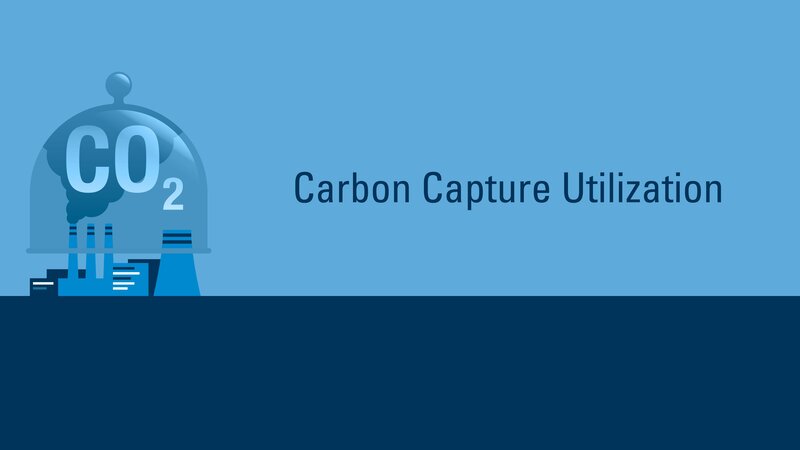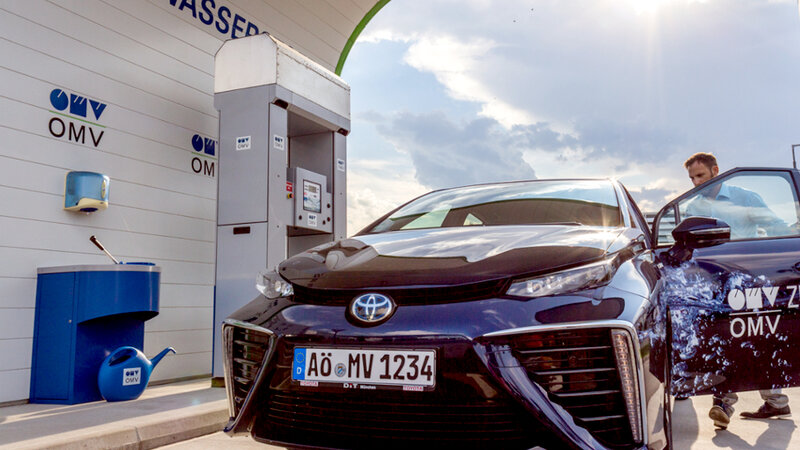
Green, greener, hydrogen – how H2 is shaping our energy future
Reading time: 4 min
Hydrogen not only comes first in the periodic table: It is also at the forefront of the climate debate surrounding CO2 neutrality – in industry, the energy sector and for mobility. Thomas Uitz tells us what the element can do, how it is produced and why the future of hydrogen is green.
Hydrogen can be used in a highly diverse range of applications in industry and demand is growing constantly. “In the refinery, for example, we use hydrogen for the hydrogenation of bio-based and fossil fuels”, says Thomas Uitz, who is responsible for the central coordination of OMV’s hydrogen projects (UpHyI +II). However, hydrogen can also be used in energy-intensive industrial processes, for example to replace fossil energy sources such as coal or coke in steel production. “A sustainable energy system requires climate-friendly, efficient and reliable energy solutions”, concludes Thomas Uitz.

Grey, blue, green – how is hydrogen produced?
“Hydrogen is referred to by all sorts of colors depending on the production process: Grey, blue, green and even more. In our refineries, we are increasingly looking to replace grey hydrogen with green hydrogen”. But what actual difference is there and when is hydrogen green?
“With green hydrogen, water (H2O) is split into hydrogen (H2) and oxygen (O) with the help of renewable electricity, for example wind or solar power. The advantage here is that no CO2 is produced”, says Thomas Uitz. “Conventional grey hydrogen is produced using natural gas, releasing CO2 in the process. Blue hydrogen is basically grey hydrogen but the CO2 generated during production is captured and stored using Carbon Capture & Storage (CCS), making it CO2-neutral as well”.
Austria’s largest hydrogen electrolysis plant
A process called electrolysis is used to produce green hydrogen. “As a process in itself, electrolysis is nothing new. What is new, however, is the scale. Our 10 MW electrolysis plant with PEM technology will be the biggest in Austria. This will allow us to produce green hydrogen ourselves for the first time and thereby save up to 15,000 metric tons of CO2 a year”, explains Thomas Uitz. The unit in the Schwechat Refinery is being built together with Kommunalkredit1, the green power will come from electricity production facilities built for this purpose, such as a new wind turbine.
“We have years of experience with hydrogen in our refineries and both the necessary know-how and demand in our production plants”, says Thomas Uitz. “Now it’s about making the production of hydrogen more sustainable. With the new electrolysis plant, we can produce about 1,500 metric tons of green hydrogen per year in the first step. Two thirds of this will be fed directly into the refinery process and used, for example, in the production of green diesel. The remaining third will be used in heavy goods transport.
To replace more and more grey hydrogen with green hydrogen, we are already thinking about the next stages of electrolysis expansion to cover the hydrogen demand of the Schwechat Refinery”.
Multitalented hydrogen
In addition to its use in the refinery, hydrogen is suitable for numerous other applications. “Hydrogen is, for example, a good storage medium for absorbing generation peaks from volatile renewable electricity production and thereby stabilizing the electricity grid”, says Thomas Uitz. The varying quantities of power produced by sun and wind can be converted into green hydrogen, making it possible to store this energy long term (based on seasons) and on a large scale. “Pure battery storage is far from sufficient for the amounts of energy produced”, he says. Speaking of size, this is also a hurdle faced by battery-powered mobility in the heavy-goods sector. “What works for cars falls short with the high performance demands of trucks, for example, as payload is lost due to large and heavy batteries. In addition, the downtime for charging processes is highly undesirable and there are limits to how the requisite charging infrastructure can be expanded. With hydrogen, there are none of these limitations and this could potentially allow the heavy-duty sector to move towards zero emissions”, says Thomas Uitz.
“Green hydrogen can also be used to make chemical products more sustainable, for example in the production of plastics or fertilizers”, continues Thomas Uitz. “Whether in mobility, industry or as a storage medium – green hydrogen is an allrounder and an important element in meeting climate targets”, concludes Thomas Uitz.
1: The investments for the construction of the plant are borne by OMV Aktiengesellschaft and Kommunalkredit Austria AG. The project is supported by the Austrian Climate and Energy Fund and is part of the Hydrogen Initiative Energy Model Region Austria Power & Gas (WIVA P&G).

